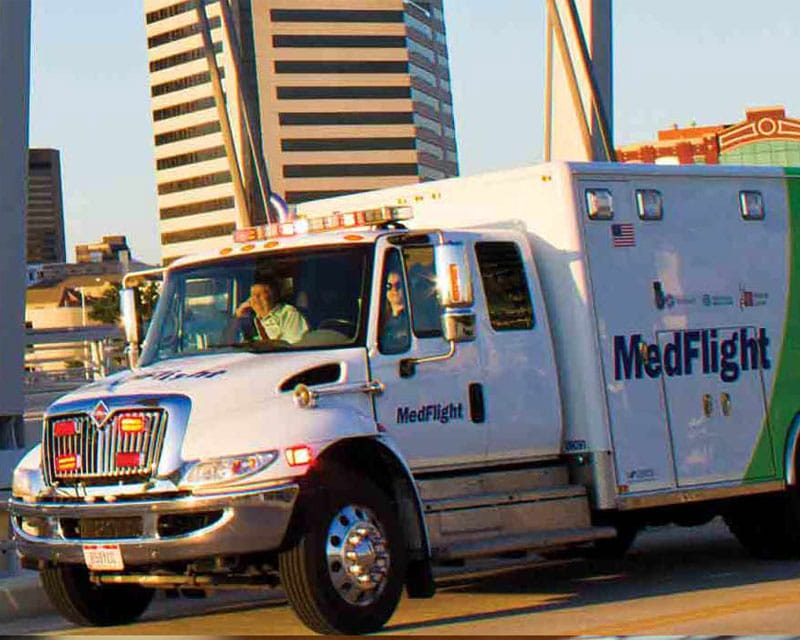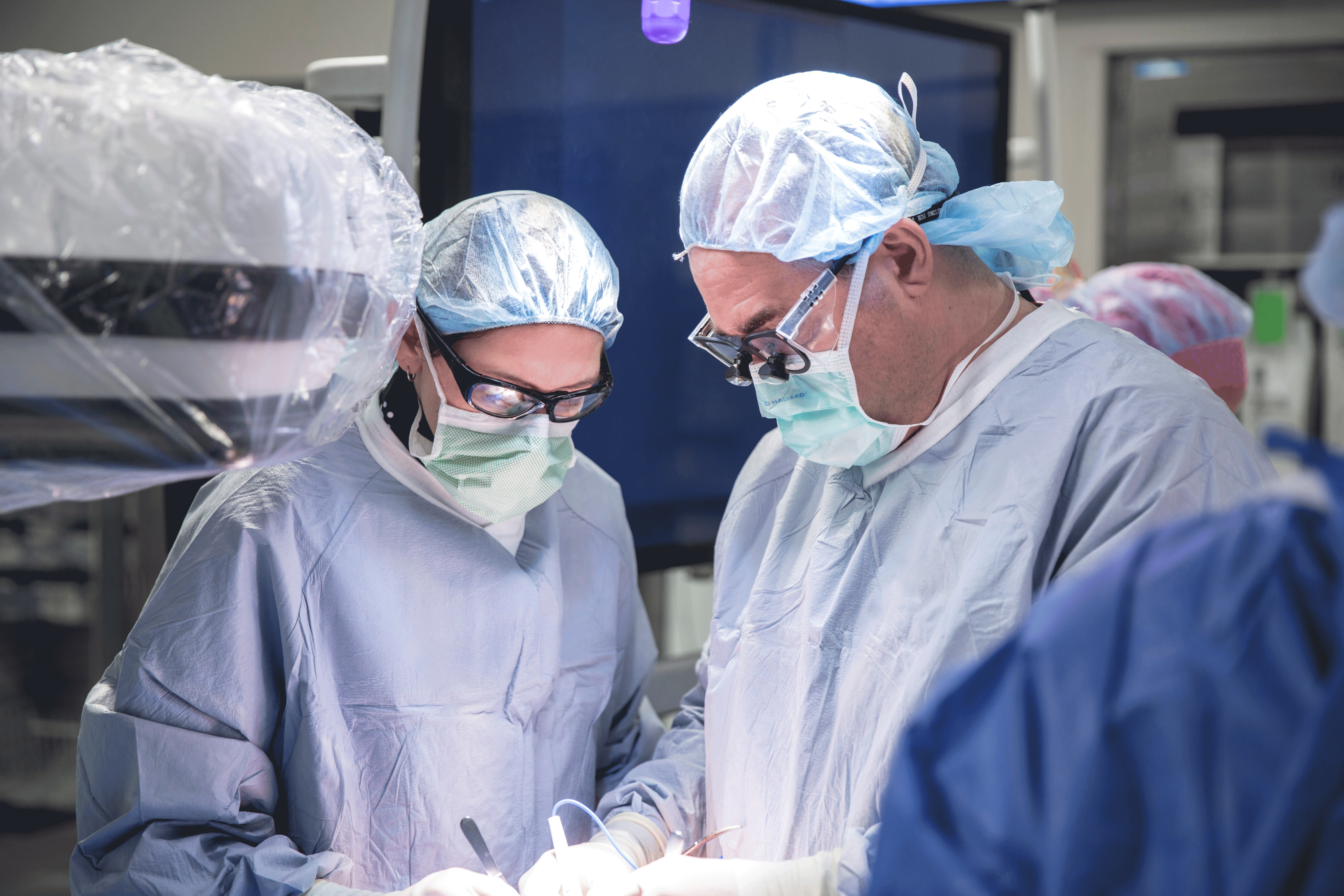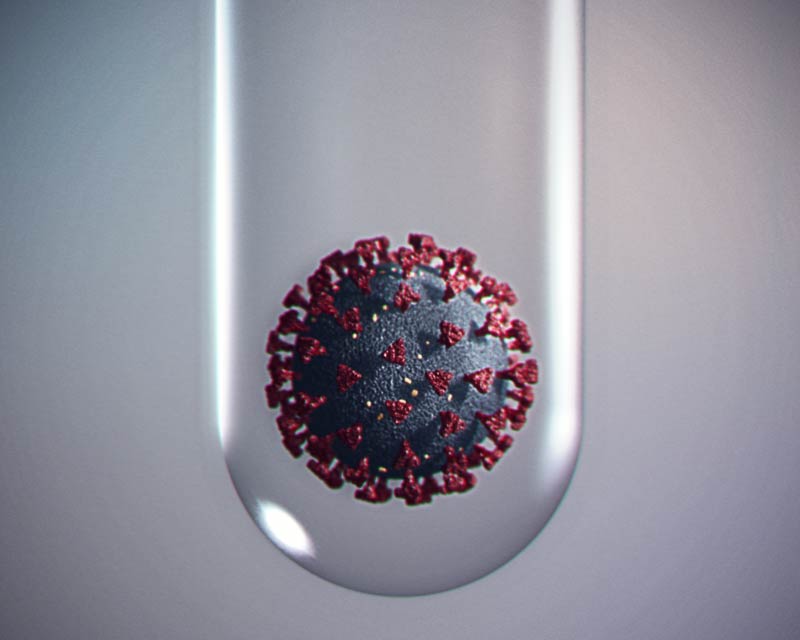
Safer Patient Transport

When it comes to treating aortic disease, The Ohio State Aortic Center offers the complete package: highly skilled surgeons who have trained at the best vascular programs nationwide, access to the latest technology and techniques, and a unique heart and vascular hospital with staff and facilities entirely dedicated to vascular medicine.
Ohio State’s team of vascular and cardiac surgeons offer a wide array of open and endovascular surgeries for aortic disease, treating aneurysms from the aortic root to the visceral arteries and iliac bifurcation.
“We have a rich and collaborative environment that brings forth the best in patient-centered care by providing all aspects of Cardiac and Vascular Surgery, transcatheter repairs, and cutting-edge clinical trials,” says Nahush Mokadam, MD, director of the Division of Cardiac Surgery at Ohio State Wexner Medical Center.
They tackle some of the Midwest’s toughest cases, performing hybrid aneurysm surgeries as needed using a combination of open and endovascular techniques. They have demonstrated skill with complex thoracoabdominal aortic aneurysm repairs, aortic dissections and treatment of aortoiliac occlusive disease to restore adequate blood flow to the legs. Many times, two surgeons operate together, providing extra pairs of eyes and hands and a shorter surgery time for the patient.
Leveraging surgical skill and a high volume of cases, Ohio State posts strong patient outcomes.
As they tackle complex cases involving aortic and peripheral aneurysms, Ohio State’s surgeons have the newest technology at their disposal, including the latest fenestrated and chimney grafts for branch vessels. They also demonstrate expertise and volume in performing open thoracoabdominal aortic repairs.
Ohio State vascular surgeons have long been involved in testing new devices as well. This means quicker access to some of the newest off-the-shelf, minimally invasive devices. For example, new grafts don’t have to be custom made two to three months before surgery, making them valuable in urgent and emergent cases. Dr. Kristine Orion, associate professor of Surgery and director of Quality and Patient Safety, is enthusiastic about pursuing the use of physician-modified endografts that can be customized for patients in the operating room. Ohio State is taking preliminary steps to train and receive approval for this innovative use of grafts.
“For patients with ruptured or dissecting aortas, immediate customization of off-the-shelf endografts is invaluable,” Dr. Orion says. Dr. Orion also is a physician champion for the nationwide Vascular Quality Initiative endorsed by the Society of Vascular Surgery. “We participate in a national database to look at outcomes across the country,” she explains. “We’re always looking for ways to improve patient care, and this is an effective way to do it. We submit our open and endovascular aortic cases and have consistently demonstrated low mortality and morbidity rates.”
One reason for Ohio State’s excellent outcomes for aortic disease treatment is the staff and facilities of The Ohio State Ross Heart Hospital. Providing world-class care, the hospital dedicates each floor to a specific service, such as vascular medicine or cardiac surgery. The hospital features dedicated heart and vascular nursing staffs and state-of-the-art operating rooms specifically designed for multidisciplinary surgical procedures. This expertise can be especially critical in emergency cases. “We have vascular surgeons and cardiac surgeons on call 24/7 for any aortic emergency,” Dr. Orion explains. “We have protocols for fast communication between outside EDs and our team to get people from the helicopter pad or ambulance into an OR at the Ross. It is truly a privilege to do these procedures on ruptures and dissections in such a dedicated center, and we’ve made tremendous strides.” Ohio State is further strengthened by its vascular surgery fellowship, newly announced residency program, and robust research program, all coming together to develop better understanding and care of aortic disease.
To learn more about The Ohio State Aortic Center, visit wexnermedical.osu.edu/aorticcenter.
Please contact us for referrals:
Emergent Consults: 614-366-8111
Non-Urgent Referrals: 614-293-8536
Referral Fax: 614-293-8902
Read more featured stories about The Ohio State University Heart and Vascular Center.

Safer Patient Transport

New treatment for atrial fibrillation

First US Medical Center in Clinical Trial